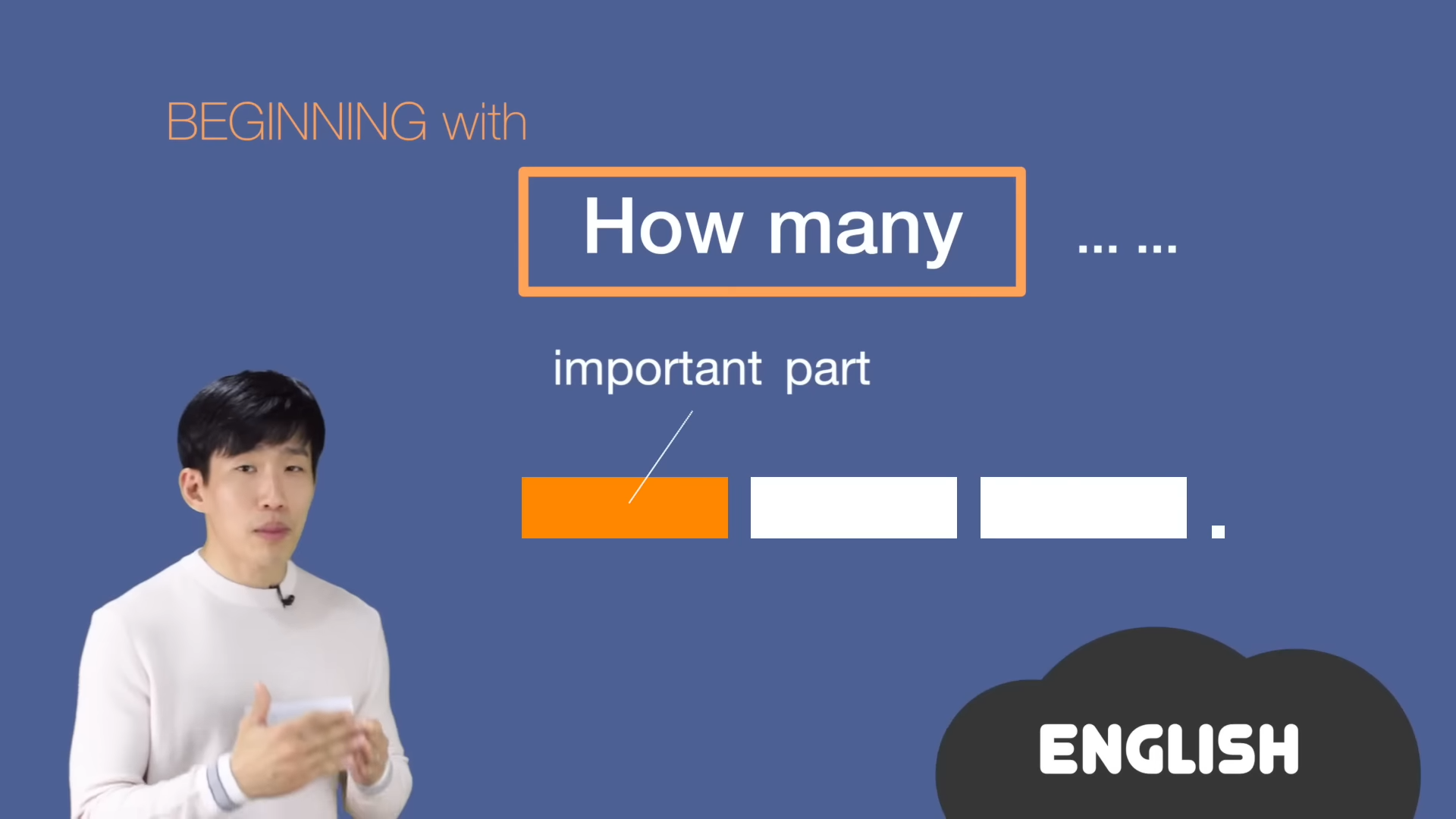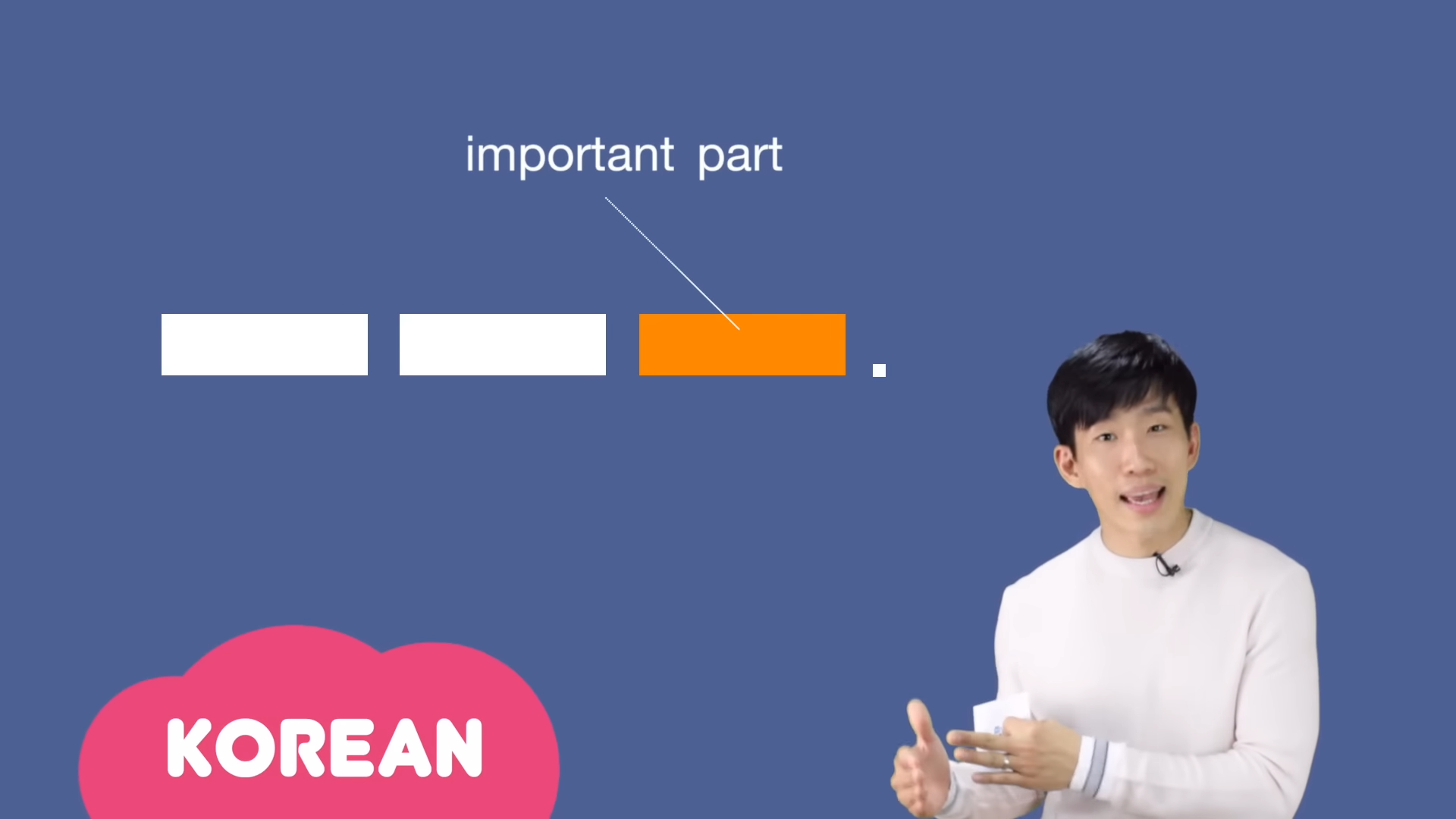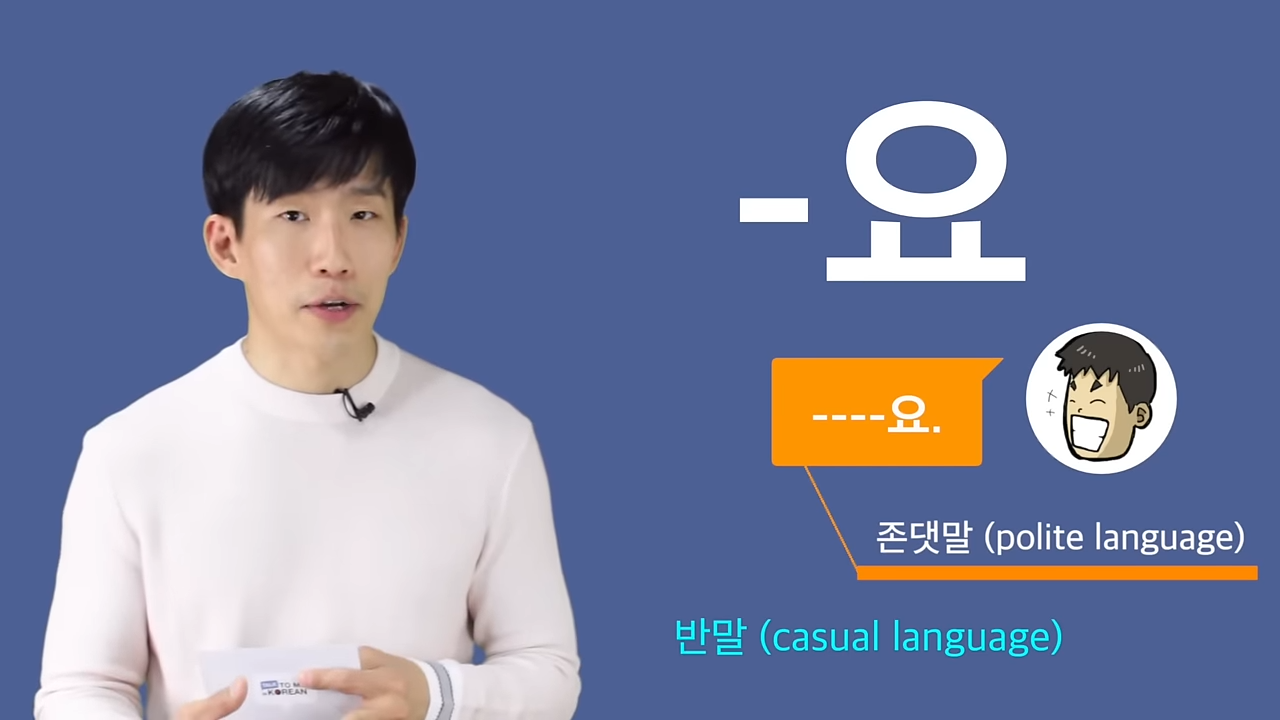When comparing English to Korean, there are many differences not only in the language itself but also in sentence structure and grammar points.
1. Sentence Structure
One significant difference is the placement of emphasis on important information within the sentence. In English, in most cases, the important question statements or information that guides a sentence are located at the beginning.

However, in Korean, we can observe that the words indicating the importance of the sentence or indicating a question are actually found at the end of the sentence.

2. Polite and Casual Forms
Another major difference is the use of different forms when speaking, depending on the context.
In English, when we want to speak more politely or professionally, certain words are added to our sentences, and the tone may change to indicate respect. Conversely, in Korean, the endings of sentences will indicate respect, such as finishing statements with 요 (yo) in order to speak more politely. Not only are there casual and polite forms of speaking, but in circumstances where higher respect is needed, there are even more formal ways of expressing, such as using ᄇ니다 (p-nida) to identify authority to the listener.

3. Self-Expression
Continuing with the trend of politeness, in Korean, words are often used to soften self-expression. Words such as 는 것 같아요 (neun geot gattayo), meaning a softer version of “I think,” are used to share the speaker’s opinion without sounding too strong or abrasive.
Another way Korean softens delivery with sentence endings is -을 수도 있어요 (-eul sudo issayo), which similarly translates to “I might.” When using this ending, Korean speakers are indirectly presenting a possibility that they believe may occur.
4. Confirmation Endings
1) While this sentence structure is still different from English, we can closely compare confirmation endings to certain sentences in English.
For example, if we wish to say, “It’s hot outside, right?” we are asking for confirmation from the listener with the use of “right.” In Korean, this is expressed through the use of -죠 (-jyo), which similarly is an ending looking for confirmation. Similarly to English, depending on emphasis and context, -죠 (-jyo) can be seeking a response or impressing one’s opinion on the listener with expectations of agreement.
2) A different approach to confirmation endings is the use of -ㄴ 데요 (-n deyo)/-는 데요 (-neun deyo). While this word choice is versatile depending on the context, during conversation, it indicates that a sentence has yet to finish. While this could reference the speaker waiting to add more, it often urges the listener to participate in the conversation and confirm their thoughts on the topic.
3) The final commonly used confirmation ending is -네요 (-neyo), which simply identifies understanding. This ending can be compared to “I see” or “that’s right” in English, statements that recognize that what has been said is understood.
Try some listening practices and see if you can identify these endings!





